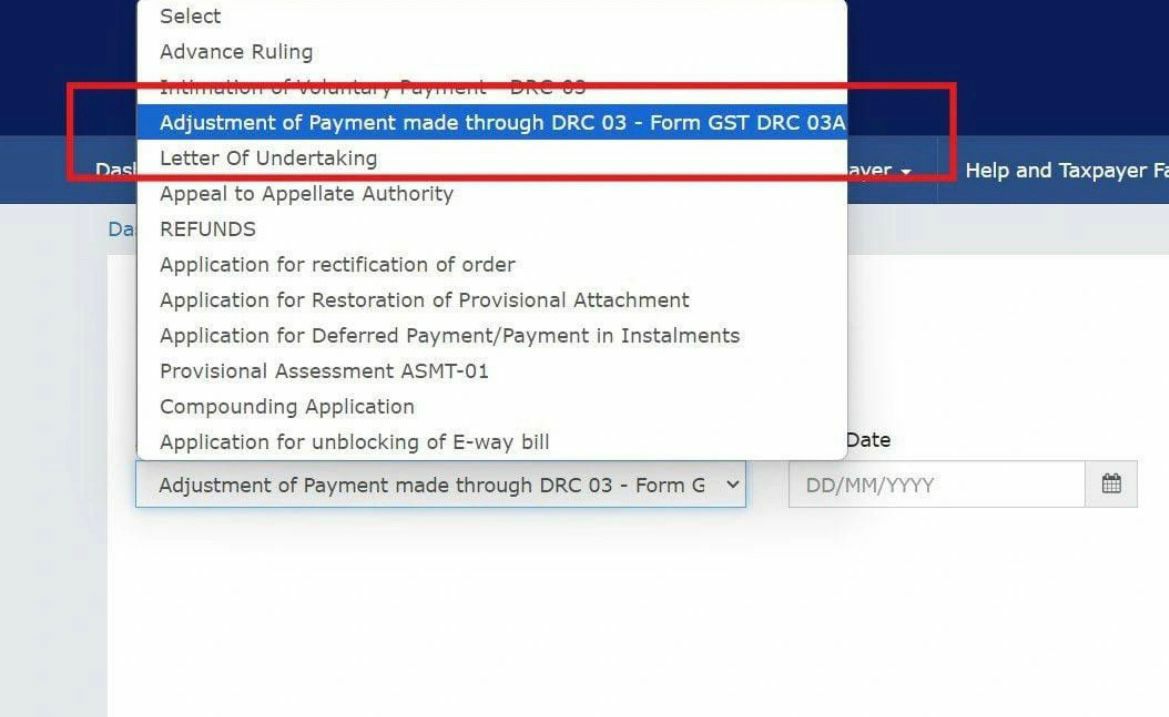The new Unified Pension Scheme (UPS) was approved on 24th August 2024 and is set to be implemented from 1st April 2025. This development has captured the attention of government employees across the country, who are eager to understand the features and benefits of this scheme compared to the existing Old Pension Scheme (OPS) and National Pension System (NPS).
Detailed Explanation with Calculations for the Features of the New UPS Scheme
Assured Pension:
Feature: The scheme provides an assured pension of 50% of the average basic pay drawn over the last 12 months before superannuation, for a minimum qualifying service of 25 years.
- Example : Employee A has an average basic pay of ₹60,000 over the last 12 months and has completed 25 years of service.
- Assured Pension = 50% of ₹60,000 = ₹30,000 per month.
The pension amount is proportionately reduced for service periods between 10 and 25 years.
- Example: Employee B has an average basic pay of ₹60,000 over the last 12 months but has only completed 15 years of service.
- Service Ratio = 15 years / 25 years = 0.6 (60%)
- Assured Pension = 50% of ₹60,000 × 0.6 = ₹18,000 per month.
Average:
| Completed Years of Service | Pension Amount (% of Last 12 Months Average Salary) |
|---|---|
| 25 | 50% |
| 24 | 48% |
| 23 | 46% |
| 22 | 44% |
| 21 | 42% |
| 20 | 40% |
| 19 | 38% |
| 18 | 36% |
| 17 | 34% |
| 16 | 32% |
| 15 | 30% |
| 14 | 28% |
| 13 | 26% |
| 12 | 24% |
| 11 | 22% |
| 10 | 20% |
This table reflects how the pension amount is proportionate to the number of years of service completed, based on the last 12 months’ average salary.
Assured Family Pension:
Feature: The scheme ensures that the employee’s family receives 60% of the pension that the employee was receiving immediately before their demise.
- Example : Employee A was receiving a pension of ₹30,000 per month before passing away.
- Assured Family Pension = 60% of ₹30,000 = ₹18,000 per month.
Assured Minimum Pension:
Feature: The scheme guarantees a minimum pension of ₹10,000 per month upon superannuation, provided the employee has completed at least 10 years of service.
- Example : Employee C has completed 12 years of service, with an average basic pay of ₹15,000 per month.
- Even though 50% of ₹15,000 is ₹7,500, the employee will receive the assured minimum pension of ₹10,000 per month, as it is higher.
Inflation Indexation:
Feature: Pensions, including assured pension, family pension, and minimum pension, are indexed to inflation using the All India Consumer Price Index for Industrial Workers (AICPI-IW).
Dearness Relief:
Feature: Pensioners receive Dearness Relief (DR) based on the AICPI-IW, similar to serving employee
Lump Sum Payment at Superannuation:
Feature: Upon superannuation, employees receive a lump sum payment in addition to gratuity. This payment is calculated as 1/10th of the monthly emoluments (pay + DA) for every completed six months of service.
in addition to assured pension and gratuity.
- Example: Employee A has a monthly emolument of ₹70,000 (including pay + DA) at the time of superannuation and has completed 30 years (or 60 (30*2) for every six-month periods of service) of service.
- Lump Sum Payment = (1/10th of ₹70,000) × 60 = ₹7,000 × 60 = ₹4,20,000.
- Employee A receives ₹4,20,000 in addition to their assured pension and gratuity.
Shifting option from NPS to UPS:
If Still in Service: No time limit shift anytime before retirement
If Already Retired: They can switch and will get arrear with Interest
Comparison table outlining the key differences between the Unified Pension Scheme (UPS), National Pension System (NPS), and Old Pension Scheme (OPS):
| Feature | Unified Pension Scheme (UPS) | National Pension System (NPS) | Old Pension Scheme (OPS) |
|---|---|---|---|
| Introduction | To be implemented from 1/4/2025 | Introduced in 1/1/2004 (For All citizens including NRI aged between 18-70 years) | Existed before NPS (till 31/12/2003), phased out for new employees |
| Pension Basis | 50% of the average basic pay of the last 12 months | Market-linked, depends on the performance of selected funds | Fixed pension based on the last drawn salary |
| Employee Contribution | 10% of salary | 10% of salary | No employee contribution |
| Government Contribution | 18.5% of salary | 14% of salary | Fully funded by the government |
| Assured Pension | Yes, 50% of last 12 months’ average basic pay | No assured pension, dependent on market returns | Yes, fixed pension amount based on last drawn salary |
| Investment Options | Balanced approach with some assurance | Multiple investment options | No investment options, defined benefit scheme |
| Family Pension | Yes, 60% of the employee’s pension | No specific family pension component | Yes, family pension available |
| Tax Benefits | Yes, offers tax benefits | Substantial tax benefits under Sections 80C and 80CCD | Limited tax benefits, pension received is taxable |
| Risk Factor | Risk-free with guaranteed returns | Market risks based on fund performance | Risk-free, guaranteed returns |
| Lump Sum Benefit | 1/10th of monthly emoluments for every six months of service | 60% – Lump sum 40% Annuity | No lump sum, only defined pension |
| Inflation Indexation | Yes, inflation-linked increments post-retirement | No specific indexation, depends on fund returns | Yes, with inflation-linked increments |
In conclusion, understanding the nuances of UPS, NPS, and OPS is crucial for making an informed decision about retirement planning. Each scheme offers unique benefits tailored to different needs and risk appetites. While OPS provides guaranteed financial security without market risks, NPS offers flexibility with potential for higher returns, albeit with associated risks. The newly introduced UPS aims to bridge the gap between the two by offering assured returns with some flexibility, making it an attractive option for those seeking a balance between security and growth. As retirement planning is a critical aspect of financial security, evaluating these options carefully will help government employees choose the scheme that best aligns with their long-term goals and expectations.
Visit www.cagurujiclasses.com for practical courses











